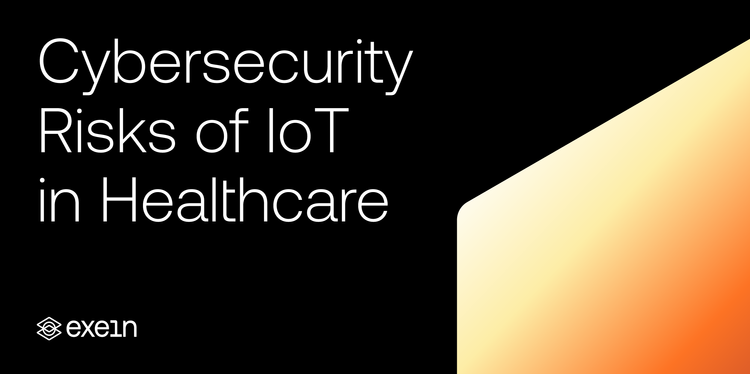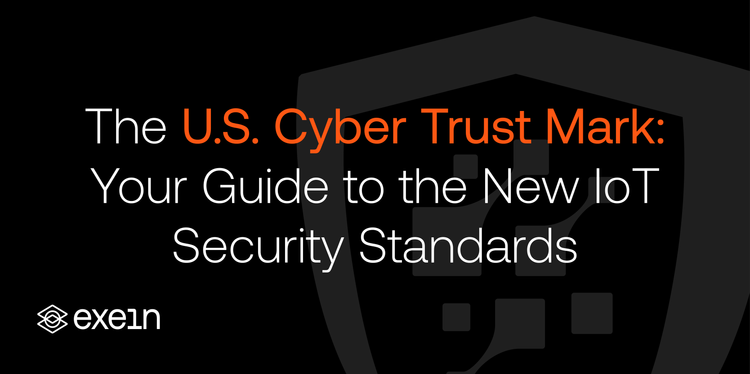The Remote Patient Revolution: IoT Security in Telemedicine

The arrival of telemedicine, facilitated by Internet of Things (IoT) technology, represents a significant advancement.
This 'Remote Patient Revolution' makes healthcare digital and easier to reach. But, this new approach needs strong IoT security to keep remote patient care safe. In this article, we'll look at how telemedicine has grown thanks to IoT and why it's so important to protect it from online threats.
Telemedicine and IoT: Changing Healthcare
The advent of telemedicine and the Internet of Things (IoT) are revolutionizing the healthcare sector and the way we provide care for patients. With the help of innovative technologies such as wearable health devices and advanced online medical tools, healthcare professionals are now able to access real-time, up-to-date patient information at their fingertips.
These tools provide a comprehensive view of a patient's health, enabling doctors to monitor vital signs, track progress, and detect any health anomalies quickly and efficiently. This wealth of information aids them in making quick, informed decisions and provides a more personalized care experience for each patient. But the impact of these technologies extends beyond just changing the way we deliver patient care. They are enhancing the quality of care, making it more efficient, proactive, and tailored to individual needs. So, it's not just about revolutionizing patient care, it's about significantly improving it.
The Crucial Connection: The Central Role of IoT Security in Telemedicine
As we continue to integrate an increasing number of IoT devices into the healthcare sector, the risk of exposure to cybersecurity threats correspondingly escalates. These devices, which are often entrusted with handling sensitive personal health data, have inadvertently transformed into prime targets for malicious cybercriminals.
The stakes are undeniably high. If these devices are successfully breached, the results could be catastrophic. It can lead to severe privacy violations, as confidential patient information could potentially fall into the wrong hands. Beyond just the privacy implications, a breach could also directly jeopardize the safety of patients. For instance, if a device monitoring a patient's vital signs were to be compromised, it could result in inaccurate data being relayed to healthcare professionals, thereby affecting the quality of care provided.
Therefore, securing IoT devices extends far beyond mere technical considerations. Rather, it is a fundamental aspect of patient care that demands immediate attention and action. In this context, it becomes abundantly clear that IoT security is not just a problem to be solved by tech experts, but a crucial component of the overall healthcare system that impacts the well-being of patients.
Understanding the Threat Landscape in Telemedicine
In the rapidly evolving field of telemedicine, there exists a diverse and ever-changing myriad of threats, primarily through the Internet of Things (IoT). These threats are not only numerous, but they also constantly evolve, presenting an ongoing challenge to the security of telemedicine.
Malevolent hackers, always on the lookout for vulnerabilities, can exploit weak points in IoT devices. Once they gain unauthorized access through these loopholes, they have the potential to alter sensitive data, disrupt services, or cause other significant problems. These breaches can have serious consequences, especially in the context of healthcare where data accuracy and system reliability are of utmost importance.
Furthermore, many IoT devices suffer from a lack of computational power, which drastically limits their ability to implement robust security measures. This limitation often leaves them susceptible to attacks and compromises, posing a significant risk to the overall safety of healthcare services. Consequently, it becomes imperative to understand and continuously monitor this threat landscape to ensure the integrity and reliability of telemedicine.
Implementing Robust IoT Security Measures
Securing the IoT infrastructure in telemedicine requires a multi-faceted approach. Here's how healthcare providers and technology manufacturers can fortify their defenses:
- End-to-End Encryption: Implement strong encryption to protect data transmitted between IoT devices and healthcare providers, ensuring confidentiality and integrity.
- Regular Security Updates and Embedded Security: Keep IoT devices secure with regular updates and by embedding security at the design phase. This 'security by design' approach ensures that devices are built with security as a foundational element, not an afterthought.
- Secure Authentication: Use robust authentication mechanisms to control access to IoT devices and the sensitive data they handle. Techniques like two-factor authentication can significantly mitigate unauthorized access risks.
- Network Segmentation: Isolate IoT devices on secure, dedicated networks to limit the spread of potential breaches and facilitate easier monitoring of suspicious activities.
- Vulnerability Management: Continuously monitor, identify, and address vulnerabilities in IoT devices and systems to preempt potential exploits.
- Patient and Staff Education: Educate both healthcare providers and patients on the importance of cybersecurity. Understanding how to recognize and respond to threats can significantly reduce risks.
Understanding Rules and Following Them
The sectors of Telemedicine and Internet of Things (IoT) are governed by stringent rules and regulations designed to safeguard patient data and ensure the delivery of high-quality care. These rules are in place to create an environment where patient information is secure, and the services provided maintain a certain standard of excellence. In the United States, adherence to standards such as the Health Insurance Portability and Accountability Act (HIPAA) is crucial. This act aims to maintain the confidentiality and security of healthcare information, thereby protecting the privacy of patients and their medical data.
On the other hand, in Europe, the newly introduced Cyber Resilience Act targets the enhancement of digital product safety, including IoT devices. This act strives to build a robust digital infrastructure where IoT devices operate securely, contributing to a safer digital environment for everyone.
Compliance with these rules is not just about being on the right side of the law, though that is undeniably important.
More than that, it's about preserving and fortifying the trust that patients put in these services. It's about ensuring their safety in an increasingly digital world, where their personal and medical data are often at risk.
Therefore, understanding and following these rules is paramount for any entity operating within the Telemedicine and IoT sectors.
The Ongoing Journey: Changing and Growing
The dynamic world of telemedicine and the Internet of Things (IoT) is characterized by the constant emergence of new tools and associated risks. These changes necessitate a corresponding evolution in our safety protocols, requiring us to adapt and grow in response to the new challenges that arise. We must also take into account the ongoing improvements of cybersecurity, integrating them into our strategies to ensure the protection of our systems and data.
The future of telemedicine hinges on our ability to stay ahead of these potential hazards. It is our responsibility to ensure that the advancements in healthcare are not just innovative, but also secure. We must strive to maintain the integrity of our healthcare services, safeguarding the sensitive information of patients while also providing them with the benefits of the latest technological advancements.
In doing so, we will not only be preserving the trust and confidence of those who avail of telemedicine services, but we will also be contributing to the overall advancement of the healthcare industry in the digital age. The challenge lies in balancing the rapid pace of innovation with the equally important need for security and safety.
Conclusion: Securing the Future of Telemedicine
The growth of remote healthcare depends on the security of the devices used. By having strong security and following rules, we can keep telemedicine safe and dependable. As we explore the world of device use in telemedicine, let's aim for a future where every device is secure and patient care is protected.
Together, we can make the growth of remote healthcare both safe and game-changing.




